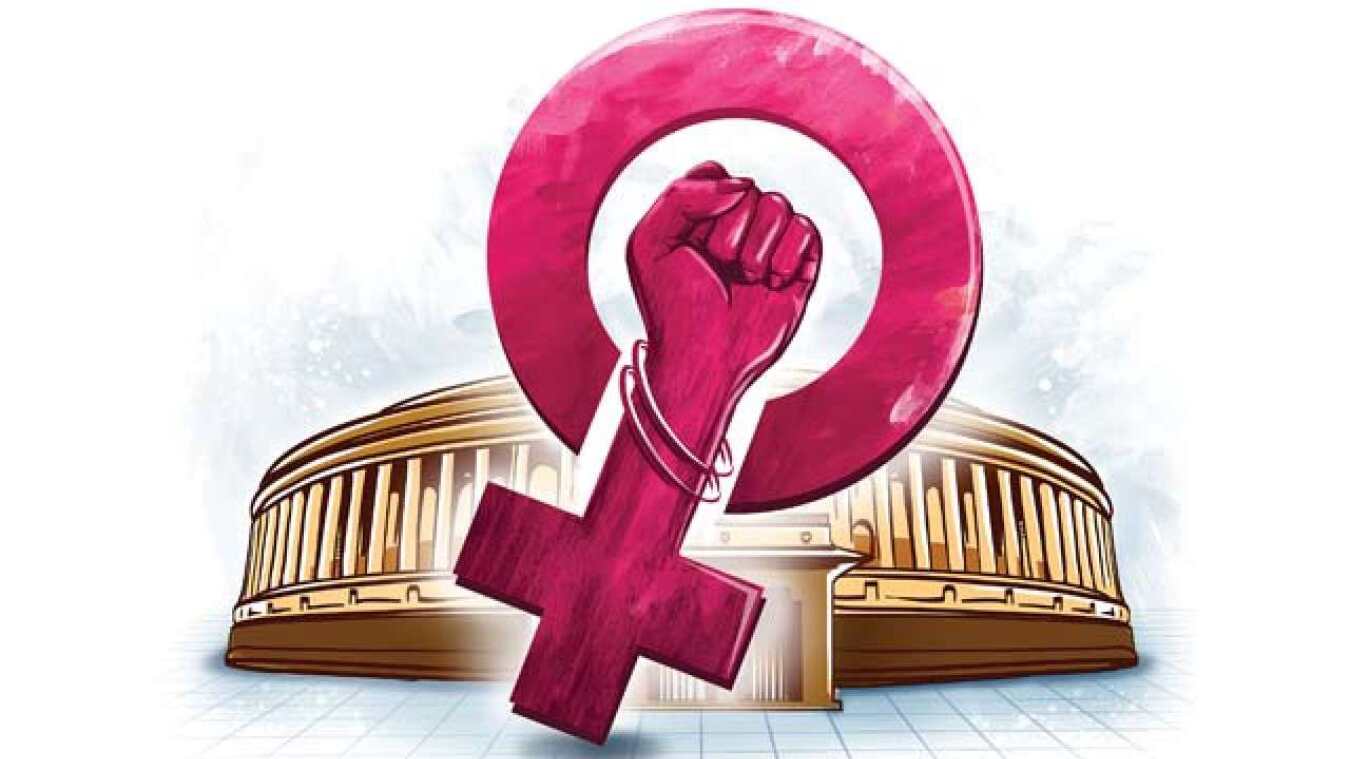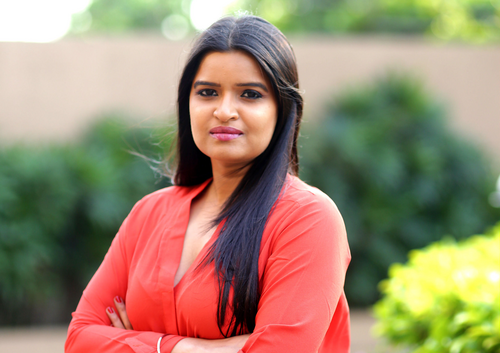25 years & waiting…
It’s been 25 years since the introduction of the Women’s Reservation Bill but its future still hangs in the balance

Where stuck-in-a-rut legislations go, nothing beats the abject sadness of the Women's Reservation Bill. It's been a quarter of a century and various governments have come and gone, but the bill languishes forever. First introduced on September 12, 1996, the constitutional amendment bill was supposed to reserve one-third or 33 per cent of seats for women in the Parliament and state assemblies. While in recent years, the representation of women in the echelons of power has improved, Indian women leaders are still outnumbered compared to elected male politicians.
Curiously, the Bill has created ruckus, drama, paper shredding, and invited all manners of obstacles whenever it's been introduced after 1996. Every time the Women's Reservation Bill has been tabled, it's set off a ticking time(less) bomb. I say timeless because no matter the year or government in power, the Bill has created a political furore and managed to remain unpassed. After introductions in 1998, 1999, and 2008, it lapsed when the government of the day dissolved. After the addition of a new provision - 'a quota within a quota' - for women from scheduled castes and tribes, the Bill was passed by the Rajya Sabha in 2010 but remained pending in the Lok Sabha.
Nothing united our male politicians, over the years and across party lines, like the desire to quash the Women's Reservation Bill. Electoral experts opine that there are technicalities that still need to be worked out. The modalities of deciding the rotational basis of the reservation, for example, needs to be thought through. The original proposition was through drawing of lots wherein a seat would be reserved once in every three consecutive general elections. While important, these are not brass tacks and can, therefore, be fine-tuned if and when the Bill is passed.
The clamour for improved gender diversity in the corridors of power is increasing. Globally, only 14 countries have women occupying 50 per cent of the cabinets. According to UN Women, currently, there are only 26 female heads of state and/or government in 24 countries. At the current dawdling pace, gender equality will take another 130 years! Only 25 per cent of all national parliamentarians are women, only 4 nations have 50 per cent or more women in Parliament, 19 countries have touched or bettered 40 per cent. The most interesting fact is that more than two-thirds of the nations that have made any progress have had to put in place gender quotas, something that has been blocked repeatedly by the Indian Parliament.
It's true that female representation in Parliament has improved. There are 78 female MPs in the Parliament compared to 24 women MPs in the first Lok Sabha, says PRS Legislative Research. Elected women politicians comprise 14.4 per cent in the Lok Sabha and around 8 per cent in the state assemblies compared to 7.7 per cent and 4 per cent respectively in 1996. But are political parties doing enough? The Trinamool Congress has women making up almost 40 per cent of its elected representatives, The current BJP-led government has the highest representation of women ministers in the cabinet in 17 years with 11 ministers. India however, still ranks abysmally low at 148th position out of 193 nations among elected women leaders till June 2021. More, much more, needs to be done to increase the induction of women as elected political representatives.
The voices opposing the Women's Reservation Bill argue that reservation may lead to puppet candidates and proxy candidatures. Women occupy almost half of the Indian population and yet we don't have enough women leaders to speak for us. Now how is that fair, effective or even practical? Besides, there is now adequate evidence to prove that women in positions of power improve processes. UN Women cites two examples to support this: In India, the number of drinking water projects in areas with female-led Panchayats was found to be 62 per cent higher than in male-led ones. Do remember that this is possible because 20 states in India have 50 per cent reservation for women in Panchayati Raj institutions. Another example is from Norway where "a direct causal relationship between the presence of women in municipal councils and childcare coverage was found". Women truly transform governance and leadership. These examples are for the naysayers because as a woman, I already know that.
The writer is an author and media entrepreneur. Views expressed are personal



